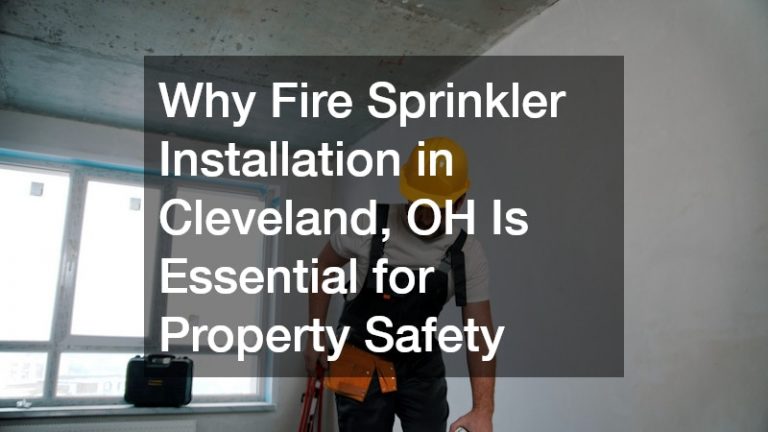
Smokestacks are necessary within a variety of industries. This includes power plant smokestacks, refinery smokestacks, and smokestacks necessary for additional industrial purposes. While many of these sites may be privately owned and operated, each one needs to adhere to government safety standards.
The Creation of Workplace Safety Guidelines
Due to the need to address the hazards associated with a variety of work conditions, the Occupational Safety and Health Administration (OSHA) was created by Congress through the Occupational Safety and Health Act of 1970. This organization is dedicated to creating safe and healthy working conditions for personnel in a variety of occupations.
In order to establish protocols for different occupations and working conditions, OSHA creates and enforces standards through the provision of training, outreach, education, and various types of assistance. Due to adhering to these safety guidelines, it’s important to note that there were 80% fewer workplace fatalities from 1971 to 2015.
A Brief Overview of Smokestack Structures
Over the past four years, smokestacks within the United States have increased in size. The Environmental Protection Agency and the Government Accountability Office conducted studies that revealed there were more being constructed that exceeded 500 feet. One of the tallest smokestacks, for example, was built in Utah. The Kennecott smelter, which was constructed in 1974, is 1,215 feet tall and 177 feet across.
Smokestack Safety Protocols and Lighting
It’s important to note that smokestacks need to be illuminated so that they are visible to planes and other aircraft. This is due to their height as well as the fact that exhaust can potentially shield their lighting. Given this, the lights must be positioned five to ten feet below the smokestack’s top. Fixed searchlight projectors are also recommended to increase visibility.
Confined Space Hazards and Oxygen Levels
When workers are conducting hands-on inspections of smokestacks, they are doing so within a confined space. It’s vital that OSHA’s guidelines are adhered to under these conditions to protect the health and well-being of inspectors and other on-site personnel. When atmospheric oxygen concentrations fall bellow 19.5% or above 23.5%, this can be dangerous. Furthermore, it can also prove to be fatal.
Smokestack Inspection Guidelines
There are specific inspection guidelines that relate to smokestacks, such as a refinery smokestack. After it has been recently installed, for example, a refinery smokestack needs to be accessed and inspected at the 12-month mark. This is to ensure that it performs optimally given its load. Following this, binocular inspections are required once a year. Every three years, these smokestacks should receive a full interior and exterior hands-on inspection.
Schedule Routine Maintenance Inspections
When you’re responsible for scheduling an on-site smokestack’s routine maintenance inspections, repairs, and/or demolishing, it’s vital to utilize certified experts. Once you contact a commercial chimney company, their representative will be able to provide you with additional details. Furthermore, you may want to consider scheduling future maintenance inspections in advance.





